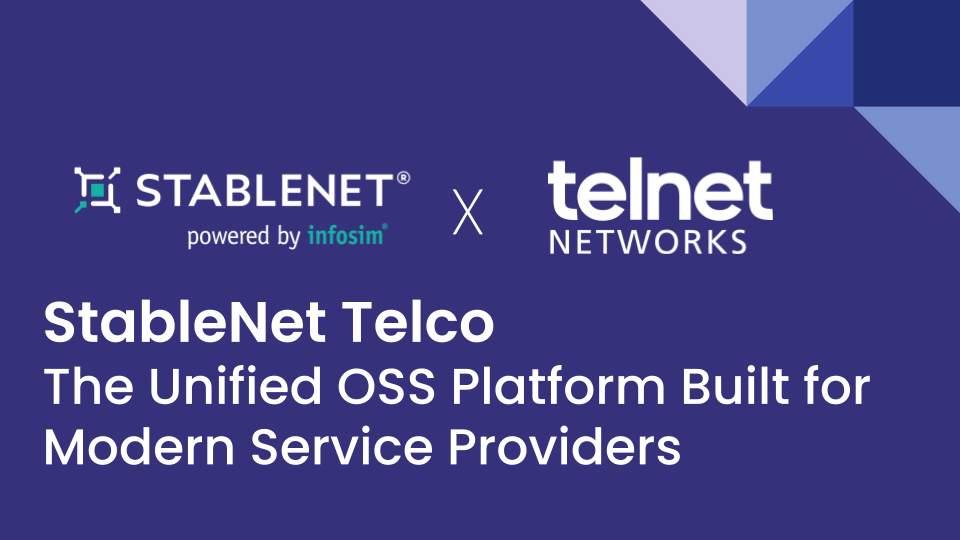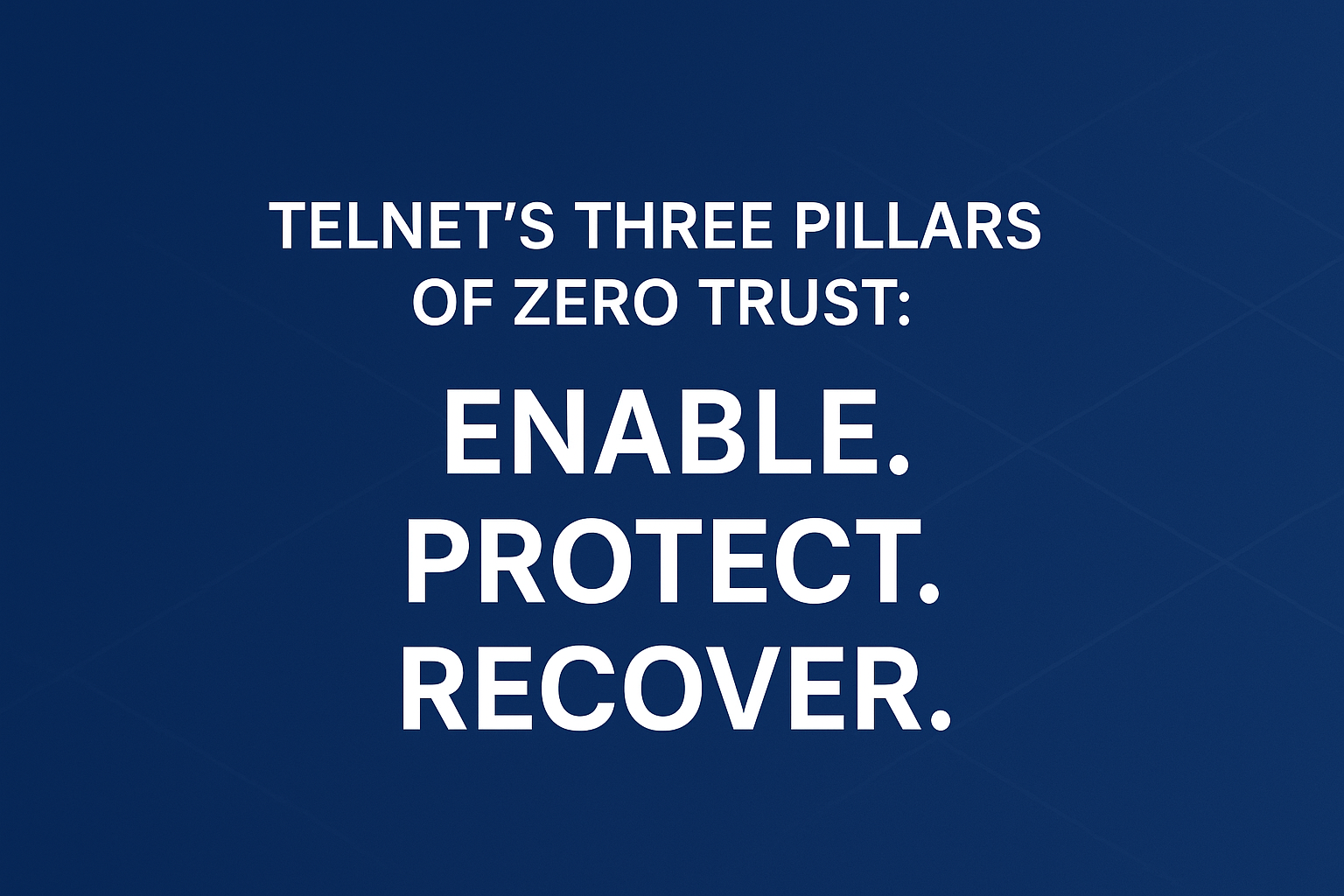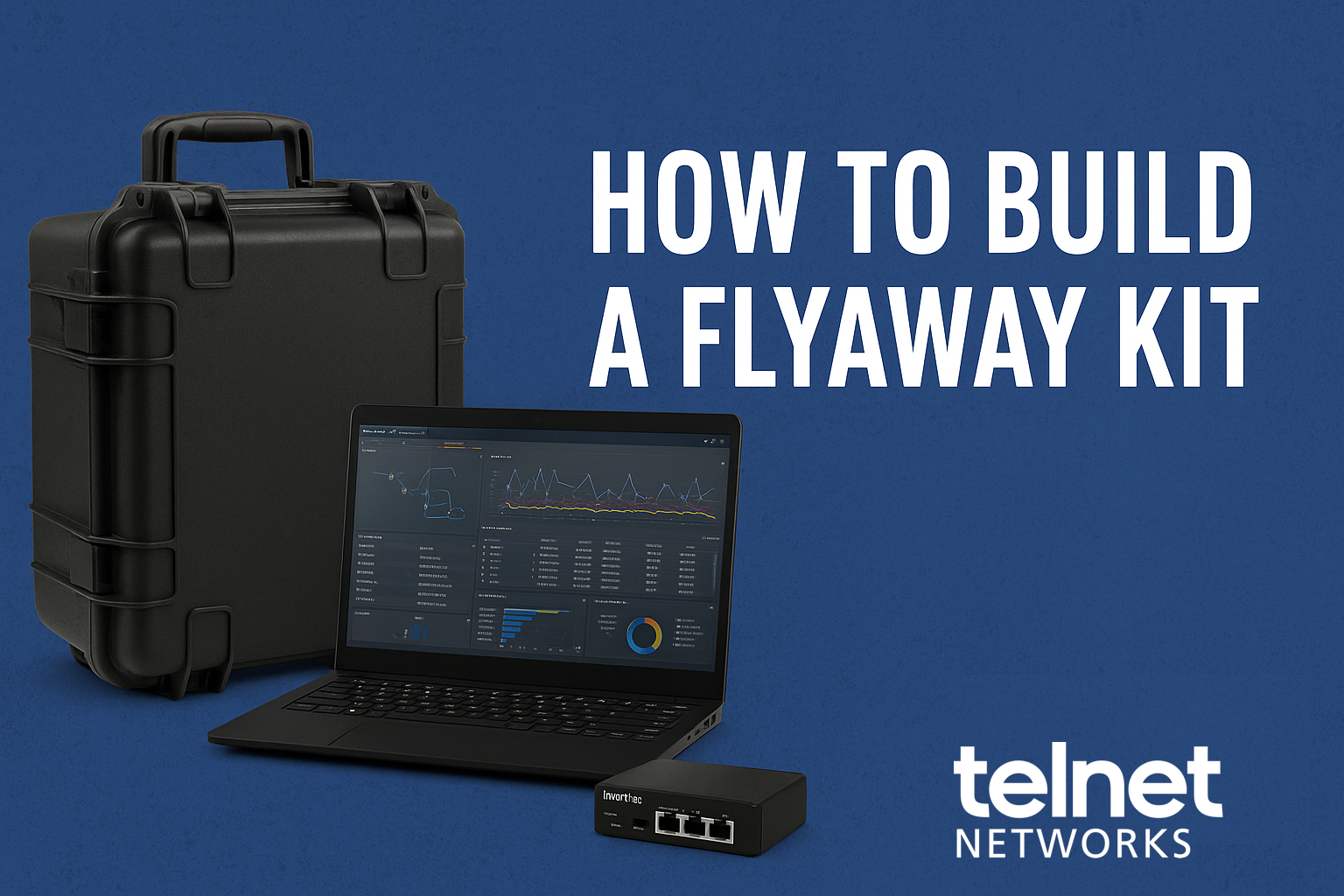4th generation network monitoring takes the principles of 3rd generation (packet-based analysis, real-time insights, and troubleshooting) and expands them to cover the complexity of today’s cloud-native, hybrid, and virtualized environments.
By embracing automation, AI, and full-stack visibility, 4th generation (4G) network monitoring marks a significant leap forward by expanding beyond packet-level visibility and introducing more advanced capabilities tailored for modern, complex environments.
4th Generation Monitoring shifts the focus from merely inspecting traffic to analyzing network data across various layers, integrating application performance monitoring (APM), cloud traffic monitoring, and even user experience insights. 4G monitoring uses a more holistic approach, combining traffic data, metadata, and application insights to offer a broader perspective.
4G tools are designed for today’s hybrid and multi-cloud infrastructures. They offer cloud-native monitoring and integrate with software-defined networks (SDNs), virtualization, and containers. With the growing trend toward cloud computing, 4G monitoring enables full-stack visibility, making it easier to manage diverse environments.
Powered by machine learning and AI, 4G monitoring automates tasks such as anomaly detection, root cause analysis, and traffic prioritization. This allows teams to manage much larger and more dynamic networks without being overwhelmed by the data.
Integrates real-time analytics with advanced security features. It leverages machine learning to detect anomalies, uncover patterns in encrypted traffic, and trigger automated responses to mitigate risks. These tools are better equipped to handle modern security threats, such as zero-day attacks and insider threats.
Finally, pulling all of these advances and improvements together is an enhanced focus on end-user experience and application performance, offering tools to monitor how applications perform across the network, and how the network affects user experiences. This enables businesses to not only manage network performance but also optimize how users interact with their services and applications.






